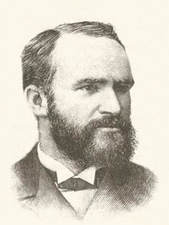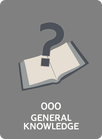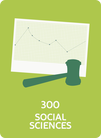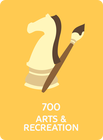The Dewey Decimal System:
What's it all about?
|
The 10 General Dewey Decimal Groups
|
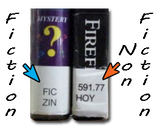 Examples of Call Numbers Examples of Call Numbers
Each non-fiction book has at least a three-digit number, which appears on the spine of the book, so you can easily see them when looking at books on the shelves. Melvil called it the Dewey Decimal System. Today, the Dewey Decimal System is the most widely used classification system in the world, earning Melvil the title of "Father of Modern Librarianship."
Thank you, Melvil Dewey! Videos:-Understanding the Dewey Decimal System
-ASF Library - Dewey Decimal System -Dewey Decimal Rap - The Original -The Dewey Decimal System Rap - Shafer Style Test Your Dewey Knowledge:Now let's test your Dewey Decimal knowledge:
-Dewey Decimal Matching Game -Shelve It - Mrs. Lodge's Library |
Frequently Asked Questions:Wait a minute! Why are fairy tales and folk tales in the 300 - Social Sciences group? They aren't "real."
Good question! Many of these stories were written to teach a lesson about behavior. An example would be The Boy Who Cried Wolf, which teaches the importance of telling the truth. Many folktales describe real cultural traditions. This makes these books part of Social Studies, which is part of the Social Sciences group. If there is a literature section included in the Dewey Decimal System groups, why do libraries have a separate Fiction section? Books in the 800-Literature group are items like plays, jokes and poetry. Fiction books were placed in this group when the Dewey Decimal System was first created. Today we have so many fiction books in our libraries, it became easier to give them their own section and way of being organized...you know...ABC order....by author's last name. The recipe for a non-fiction call number on a biography - numbers for the subject on the top (921) and first 3 letters of the books subject on the bottom - doesn't seem right. What's up? Biographies, books about famous peoples, have their own special call number recipe. Numbers for the subject on the top, like other non-fiction books, however, the letters on the bottom are the first 3 letters of the famous persons name, not the author. EXAMPLE: The call number for a biography about the life of George Washington, written by Robert Smith, would be 921 WAS, not 921 SMI. |
